C Program To Find Quadratic Equation truezfil
draw a flowchart to solve a quadratic equation indianweddingoutfitssistersanarkali
Solving quadratic equations or finding the roots of equations of second degree is a popular problem in many programming languages. The equations of second degree which resemble the standard form: ax 2 +bx+c=0, are known as quadratic equations. A large number of quadratic equations need to be solved in mathematics, physics and engineering.
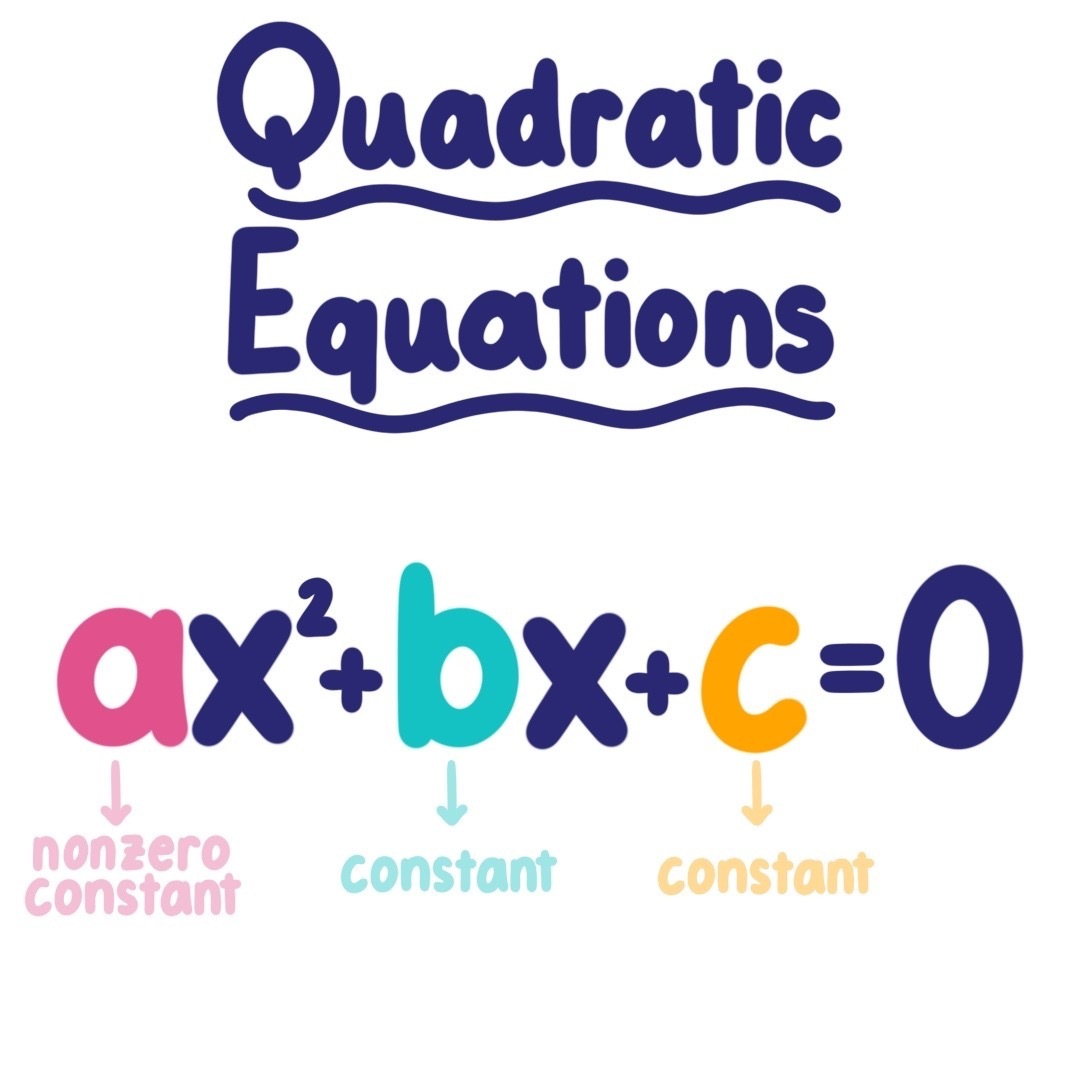
Quadratic Definition
ax 2 + bx + c = 0 But sometimes a quadratic equation does not look like that! For example: How To Solve Them? The " solutions " to the Quadratic Equation are where it is equal to zero. They are also called " roots ", or sometimes " zeros " There are usually 2 solutions (as shown in this graph).
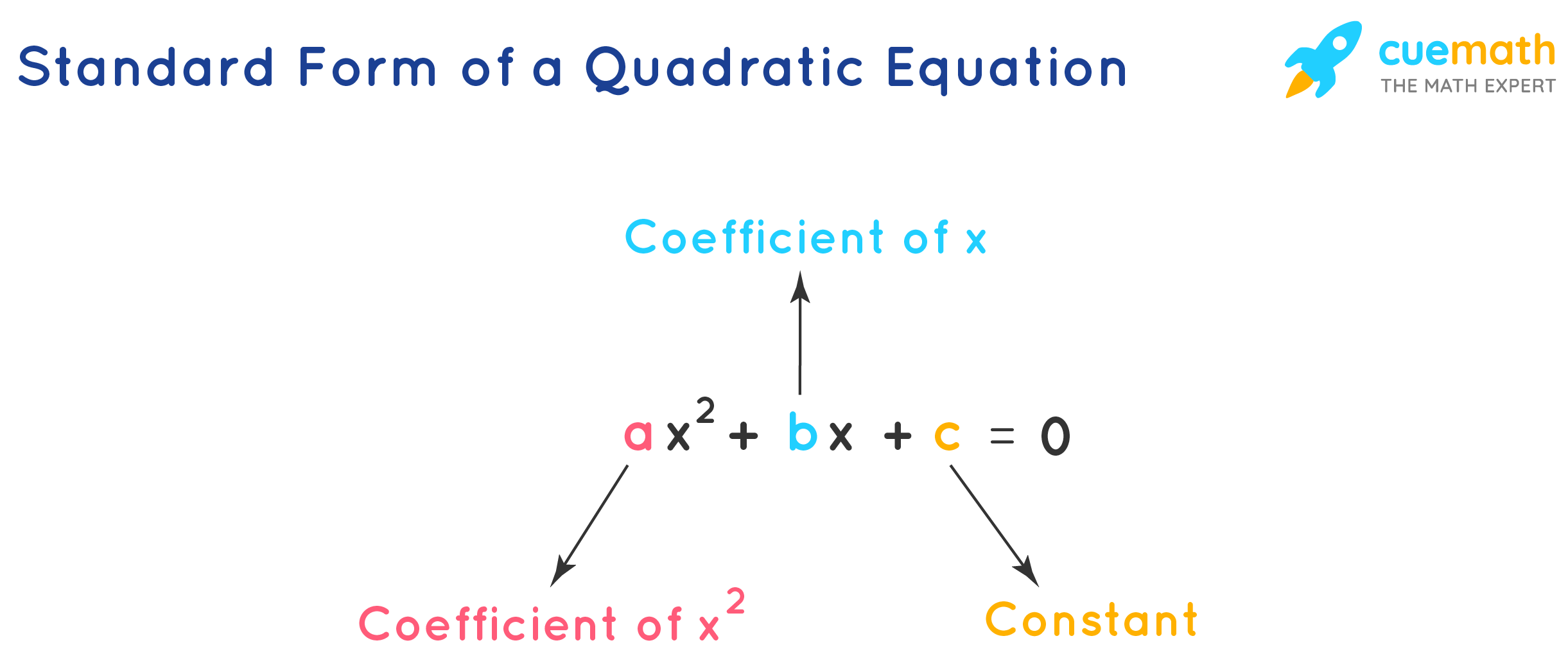
Quadratic Equations Formulas, Methods, and Examples
This is a formula, so if you can get the right numbers, you plug them into the formula and calculate the answer (s). We always have to start with a quadratic in standard form: ax^2+bx+c=0. Making one up, 3x^2+2x-5=0, we see a=3, b=2, c=-5. I teach my students to start with the discriminant, b^2-4ac. Also, especially in the beginning, put the b.
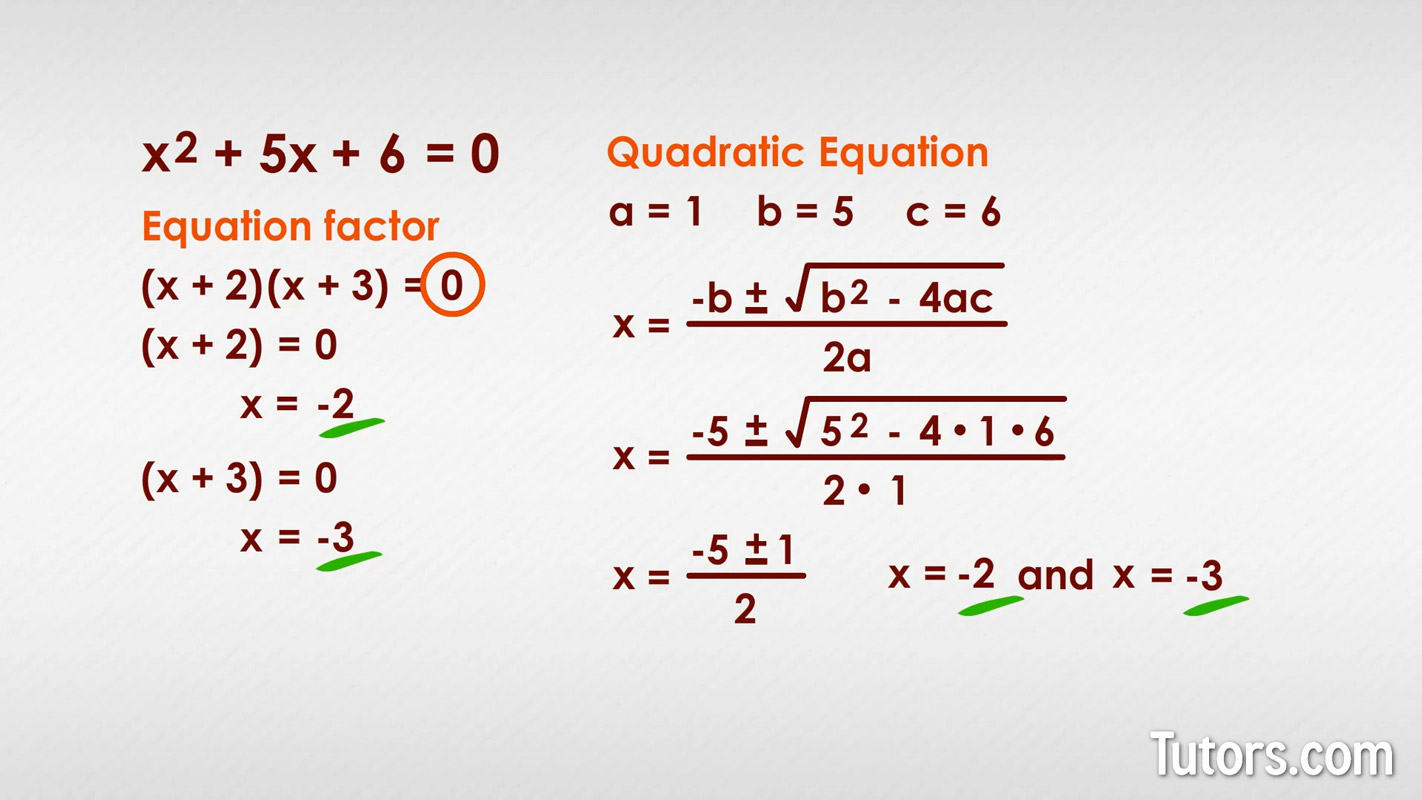
Quadratic Formula InertiaLearning
. Then we plug a , b , and c into the formula: x = − 4 ± 16 − 4 ⋅ 1 ⋅ ( − 21) 2

C Program To Find Quadratic Equation truezfil
A quadratic equation is an algebraic equation of the second degree in x. The quadratic equation in its standard form is ax 2 + bx + c = 0, where a and b are the coefficients, x is the variable, and c is the constant term. The important condition for an equation to be a quadratic equation is the coefficient of x 2 is a non-zero term (a ≠ 0). For writing a quadratic equation in standard form.
Algebra I Vazquez October 2013
The standard form of a quadratic equation is: ax 2 + bx + c = 0, where a, b and c are real numbers and a != 0 The term b 2; - 4ac is known as the discriminant of a quadratic equation. It tells the nature of the roots. If the discriminant is greater than 0, the roots are real and different.

Formula Quadratic Equation Examples pametno
The quadratic equation is represented by ax + bx + c ,, and are real numbers and constants, and a ≠ 0. The root of the quadratic equations is a value of that satisfies the equation. The Discriminant is the quantity that is used to determine the nature of roots: Discriminant (D) = b. Based on the nature of the roots, we can use the given.
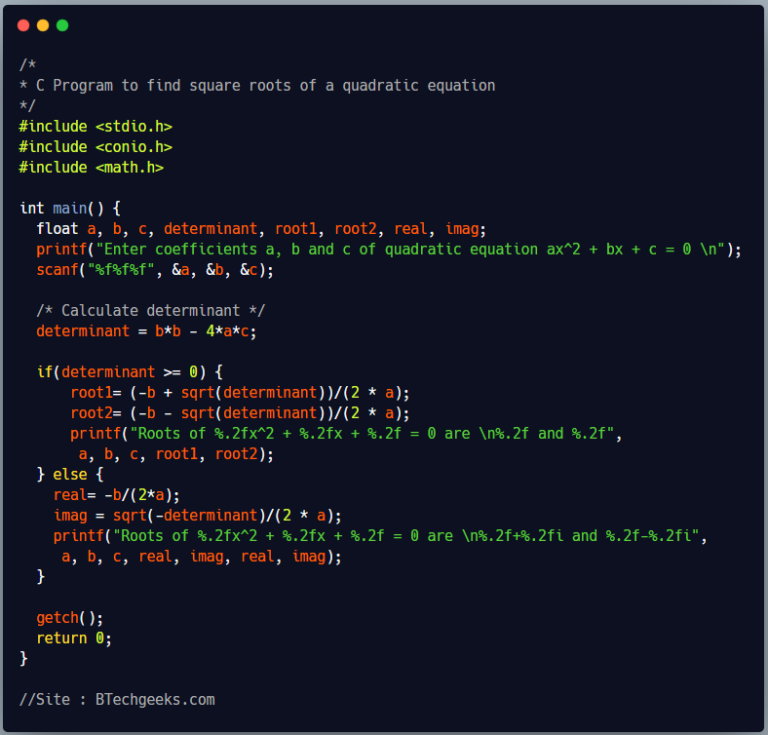
C Program to Find All Roots of Quadratic Equation BTech Geeks
Explore the Quadratic Equation. A Quadratic Equation. ( a, b, and c can have any value, except that a can't be 0.) Try changing a, b and c to see what the graph looks like. Also see the "roots" (the solutions to the equation). Then read more about the Quadratic Equation.
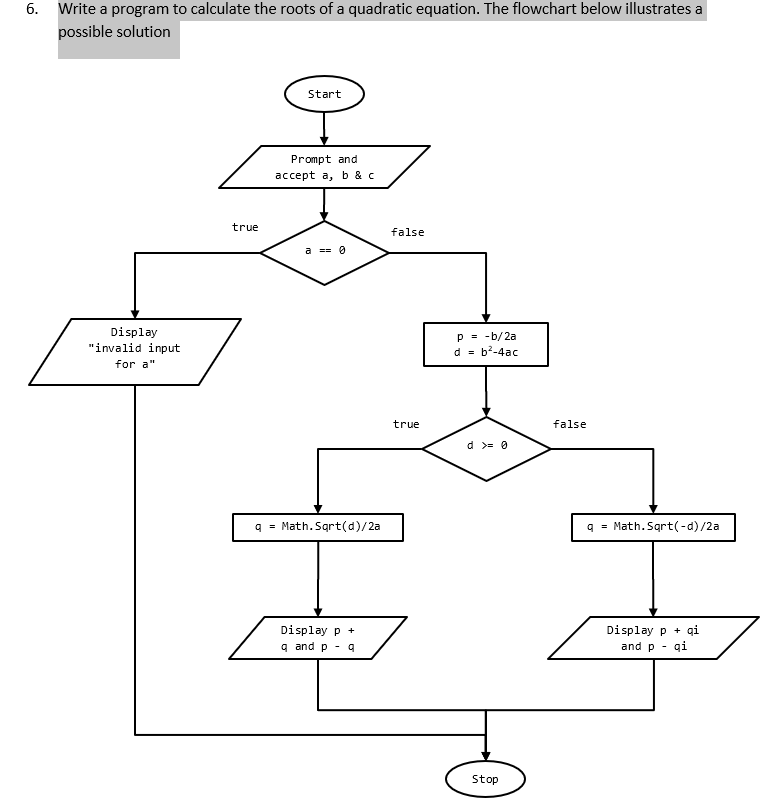
C Program To Find Roots Of Quadratic Equation Using Switch Tessshebaylo
When we substitute a, b, and c into the Quadratic Formula and the radicand is negative, the quadratic equation will have imaginary or complex solutions. We will see this in the next example. Example 9.24. Solve by using the Quadratic Formula: 3 p 2 + 2 p + 9 = 0. 3 p 2 + 2 p + 9 = 0. Solution.
Quadratic Formula IGCSE at Mathematics Realm
A quadratic equation is an equation of the second degree, meaning it contains at least one term that is squared. The standard form of the quadratic equation is ax² + bx + c = 0 where a, b, and c are real and a !=0, x is an unknown variable. The nature of roots is determined by the discriminant.

C Program To Compute Roots Of Quadratic Equation Mobile Legends
Definitions: Forms of Quadratic Functions. A quadratic function is a function of degree two. The graph of a quadratic function is a parabola. The general form of a quadratic function is f(x) = ax2 + bx + c where a, b, and c are real numbers and a ≠ 0. The standard form of a quadratic function is f(x) = a(x − h)2 + k.

Quartic Equation Solver C++? 5 Most Correct Answers
For a quadratic equation ax2+bx+c = 0 (where a, b and c are coefficients), it's roots is given by following the formula. Formula to Find Roots of Quadratic Equation The term b 2 -4ac is known as the discriminant of a quadratic equation. The discriminant tells the nature of the roots.

In this Program, you’ll learn to find Find Quadratic Equation Roots and All Roots of a Quadratic
How do you calculate a quadratic equation? To solve a quadratic equation, use the quadratic formula: x = (-b ± √ (b^2 - 4ac)) / (2a). What is the quadratic formula? The quadratic formula gives solutions to the quadratic equation ax^2+bx+c=0 and is written in the form of x = (-b ± √ (b^2 - 4ac)) / (2a) Does any quadratic equation have two solutions?

Quadratic Formula Without C / Howto How To Factor A Quadratic Equation Without C / If you can't
Learning Objectives In this section, you will: Solve quadratic equations by factoring. Solve quadratic equations by the square root property. Solve quadratic equations by completing the square. Solve quadratic equations by using the quadratic formula. Figure 1

C Program Quadratic equation YouTube
The solutions to the quadratic equation, as provided by the Quadratic Formula, are the x-intercepts of the corresponding graphed parabola. How? Well, when y = 0, you're on the x-axis. The x-intercepts of the graph are where the parabola crosses the x-axis. You're applying the Quadratic Formula to the equation ax 2 + bx + c = y, where y is set.

Quadratic Equation Graph Standard Form Examples
Solve by using the Quadratic Formula: 2x2 + 9x − 5 = 0 2 x 2 + 9 x − 5 = 0. Solution: Step 1: Write the quadratic equation in standard form. Identify the a, b, c a, b, c values. This equation is in standard form. Step 2: Write the quadratic formula. Then substitute in the values of a, b, c a, b, c.